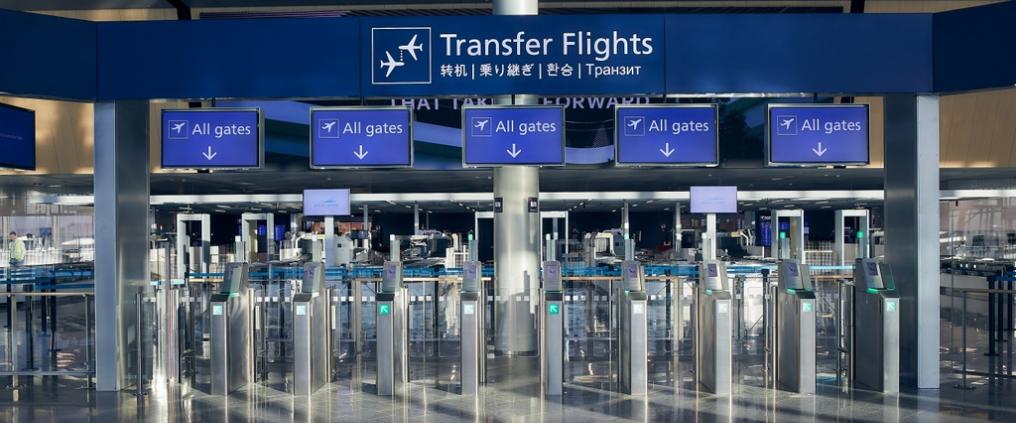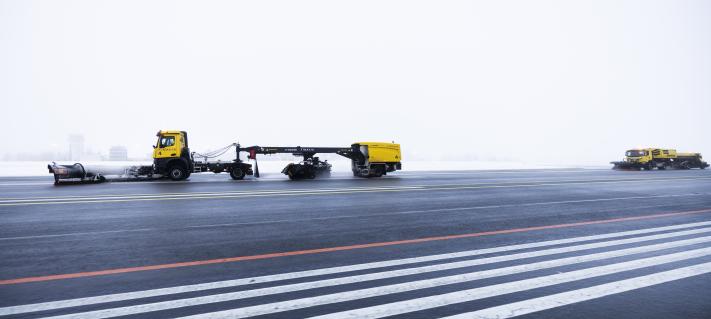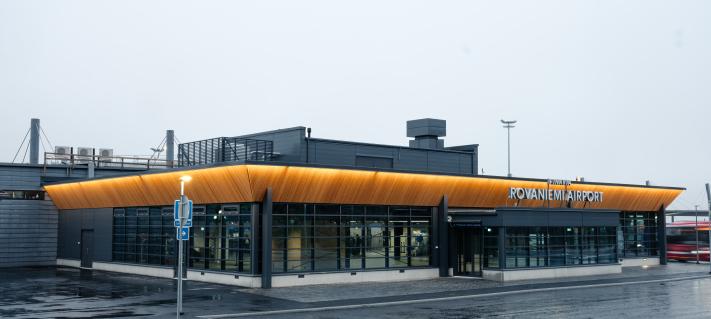A record number of passengers – over 20.8 million in total – travelled through Helsinki Airport in 2018. In fact, Helsinki is growing at a speed that surpasses its neighbouring competitor airports in Stockholm and Copenhagen. The number of passengers at Helsinki Airport grew by 10.4%, while Stockholm’s Arlanda and Copenhagen saw 1% and 3.8% respectively.
“The most important factor behind the growth is that both our biggest airline clients have added new routes and flights from Helsinki,” says Petri Vuori, Head of Route Development at Finavia.
The growing number of connections is due to growing demand from passengers.
“As the economy has been growing, Finns have been eager to fly more, and tourism to Finland has also been increasing. In addition, Helsinki has strengthened its position as a transfer airport, in particular between Europe and Asia. There’s been positive development from many avenues,” Vuori says.
Vuori and Anna Tuomi, Head of Marketing at Finavia, listed the airport’s most important competitive advantages:
1) Direct connections to the world
Helsinki Airport is one of the most well-networked airports in Northern Europe. In other words, it has direct links to other highly connected airports of the world. Direct connections from Helsinki alone reach over 320 million people in the world.
For instance, at the beginning of 2018, there were twice as many direct weekly connections to Asia from Helsinki (143 flights) compared to Copenhagen (45 flights) and four times as many compared to Stockholm (23 flights).
In terms of air traffic to Asia, Helsinki Airport’s growth is supported by its great geographic location: Helsinki can offer the shortest routes between Europe and Asia.
2) Clear, fast and easy transfers for passengers
Transfers in Helsinki are relatively smooth and quick compared to many larger European competitors, which is an asset, especially in transfers between Europe and Asia.
“Helsinki is a compact airport, compared to its passenger numbers, which makes it easier to transfer here. Our minimum transfer time is shorter than at any competitor airports,” Vuori says.
“Our goal is to make the transfer experience at Helsinki Airport easy, stress-free and refreshing – instead of tiring,” Tuomi adds.
3) Effective and reliable airport for airlines
For airlines, key operations at Helsinki Airport work effectively.
“For instance, plane turn-arounds at Helsinki Airport are highly effective and reliable. This is an important factor for airlines economically, as they can rely on flights leaving on time,” Vuori says.
“It’s also an asset for us that the Finnish airspace is relatively empty: planes rarely have to circle around the airport in the air waiting for permission to land.”
4) Great passenger experience
On top of efficiency, Helsinki Airport also invests a lot in creating a great passenger experience. This includes offering the best restaurants and commercial services.
“We measure and compare our customer experience to our main competitors in Europe, and Helsinki Airport has done well in these comparisons. Our processes are smooth, it’s easy to get around thanks to clear signs. Our staff are friendly and fluent in many languages and a majority of passengers consider the airport pleasant, comfortable and safe. We’re happy that the experience at Helsinki Airport seems to be positive,” Tuomi says.
5) Chinese-language customer service
Helsinki Airport has also invested a lot into serving its growing number of Asian passengers – Chinese, in particular.
“For instance, we have Chinese-language customer advisors at the airport and use Wechat and Weibo as customer service channels,” Tuomi says. “We also offer translation help for passengers in rarer languages.”
Tuomi and Vuori add that the current Helsinki Airport Development Programme will bring the airport even more assets in global competition.
“We are building for future growth. Of course, the challenge is how to keep both our operations and our customer satisfaction at a high level while construction work is ongoing. In a few years, the airport is going to be simply amazing.”



